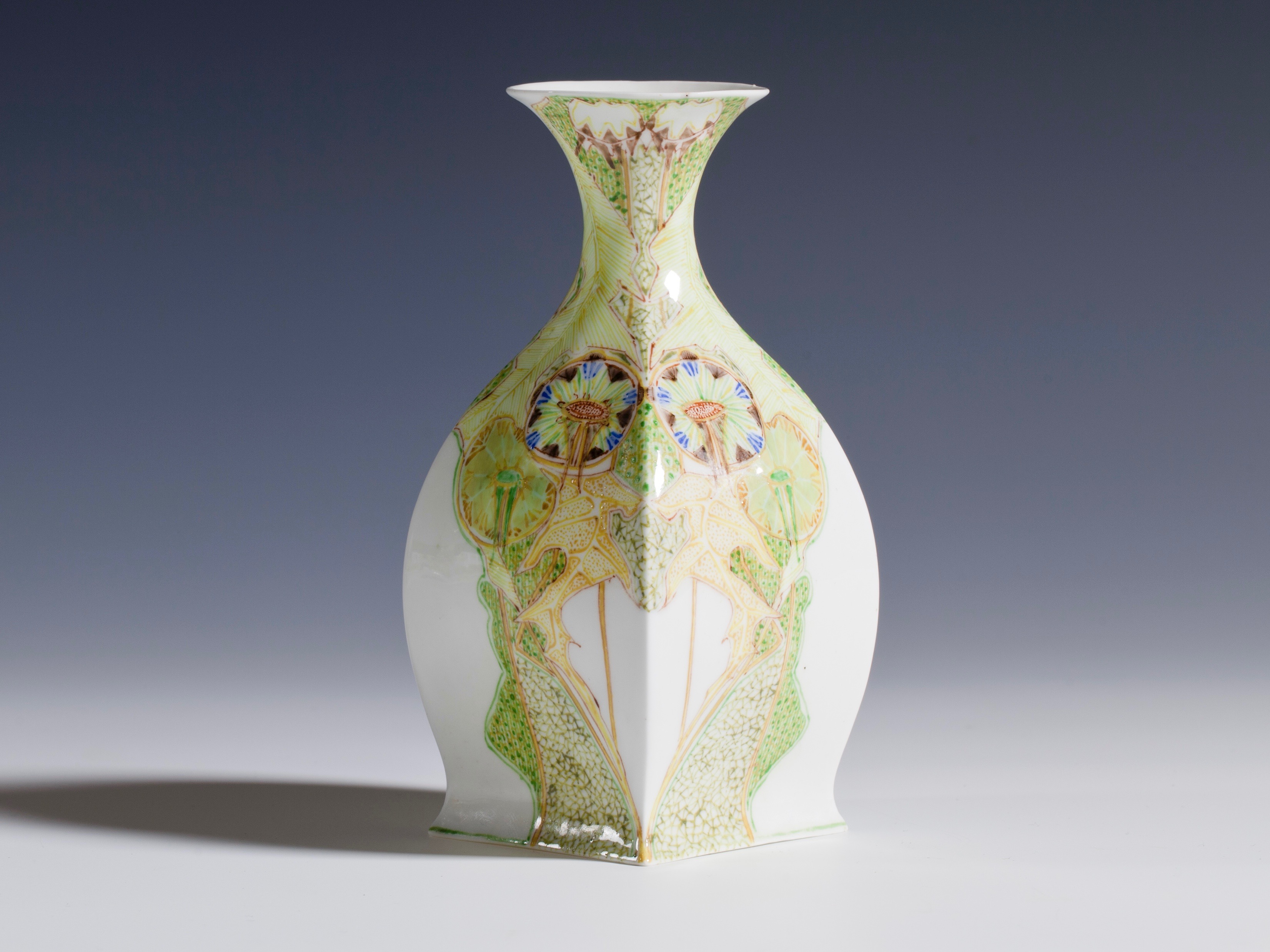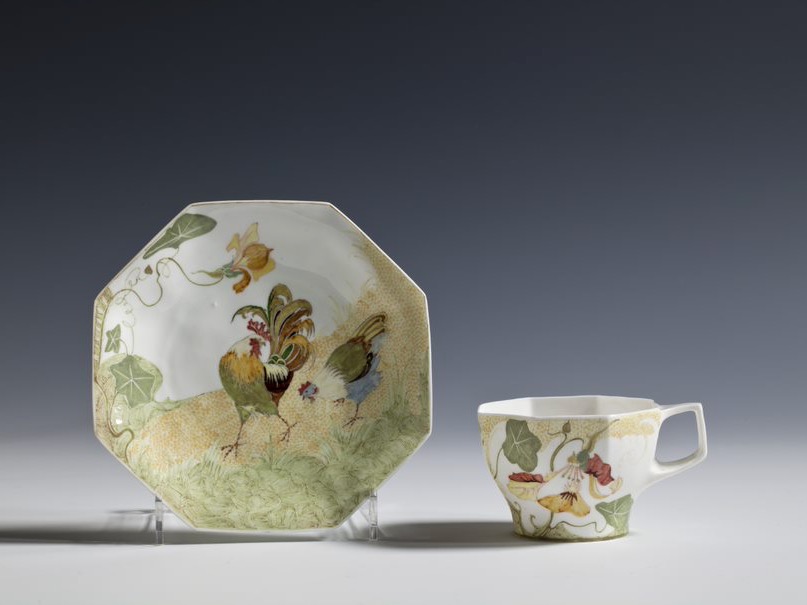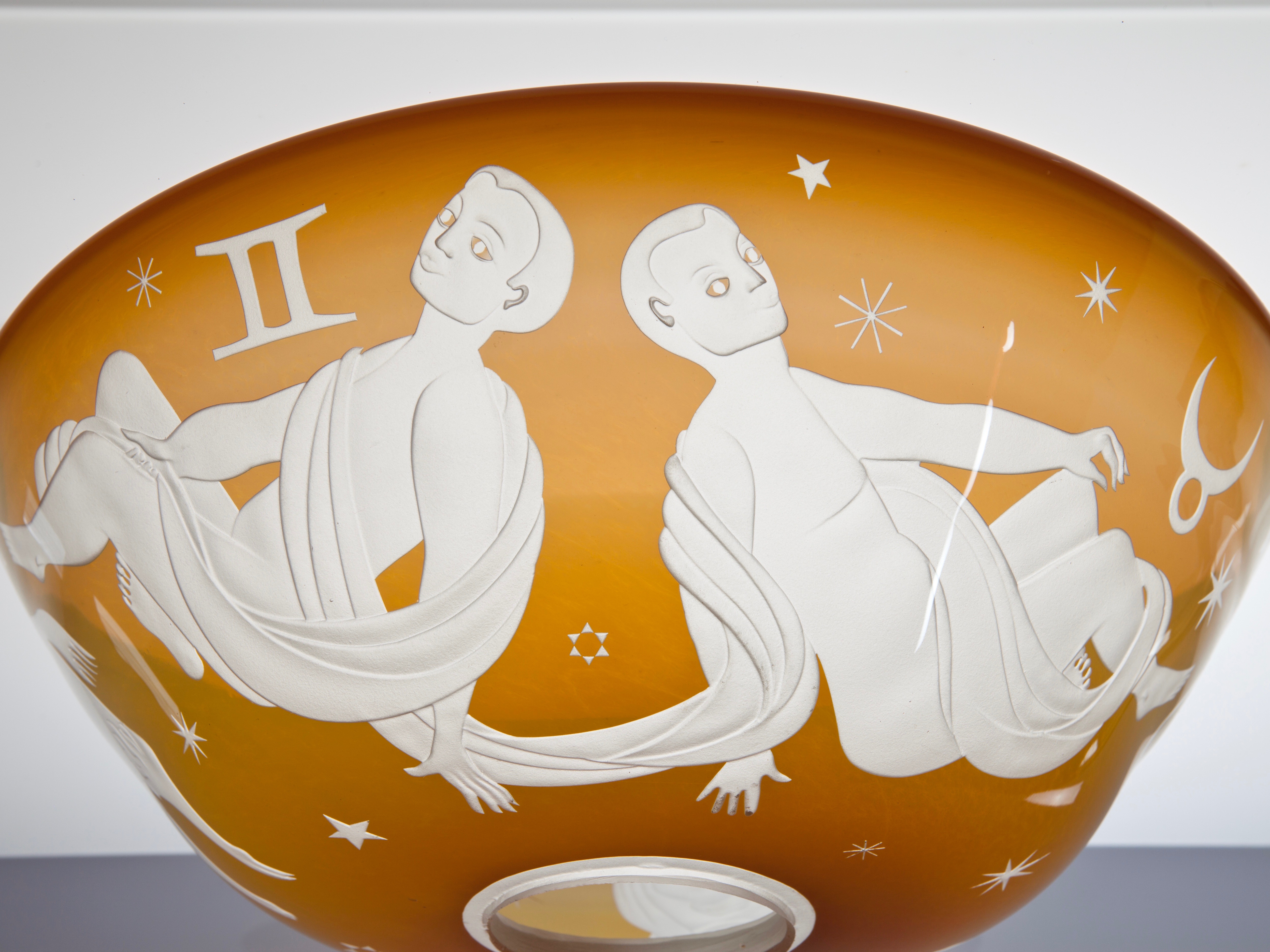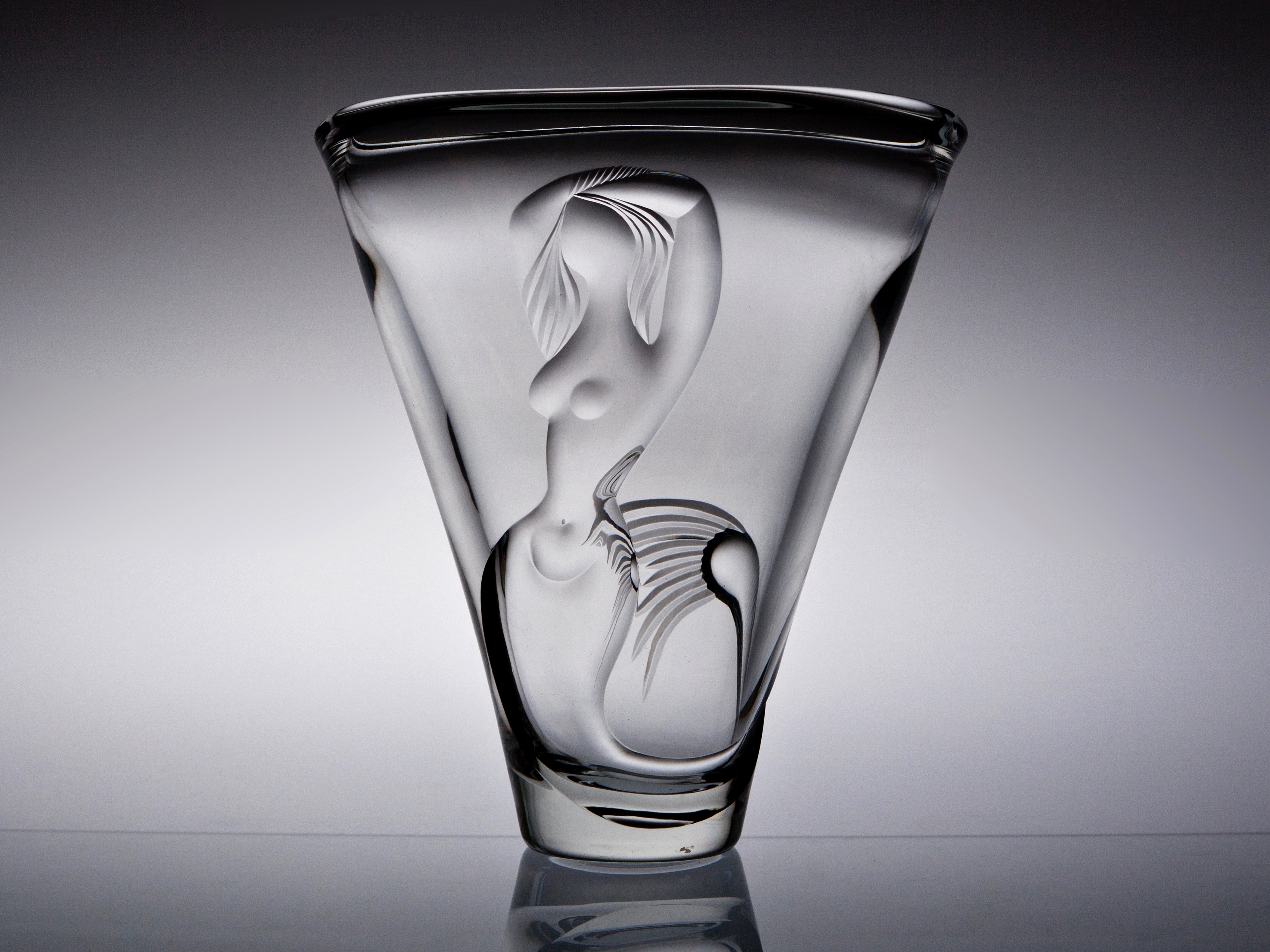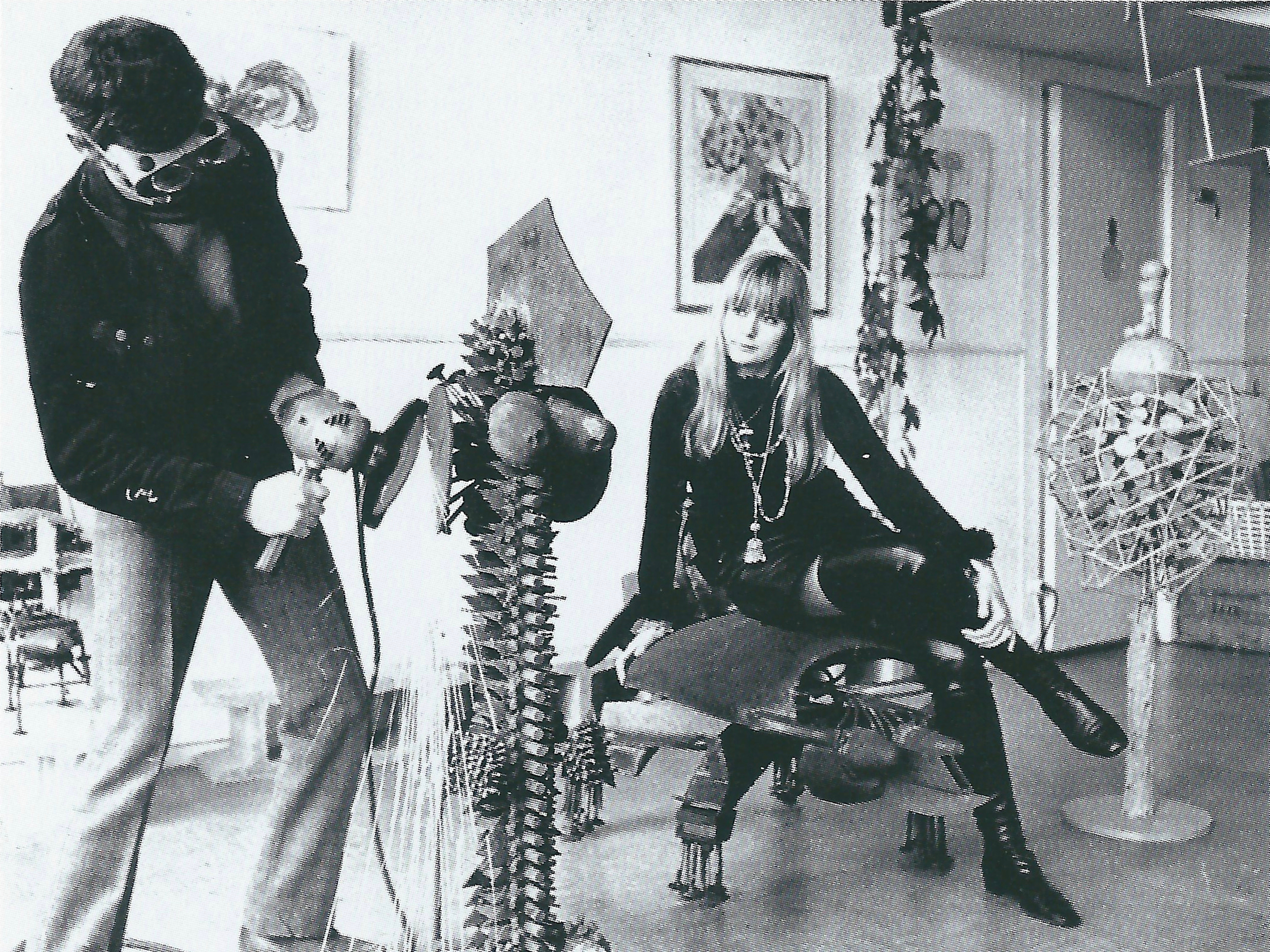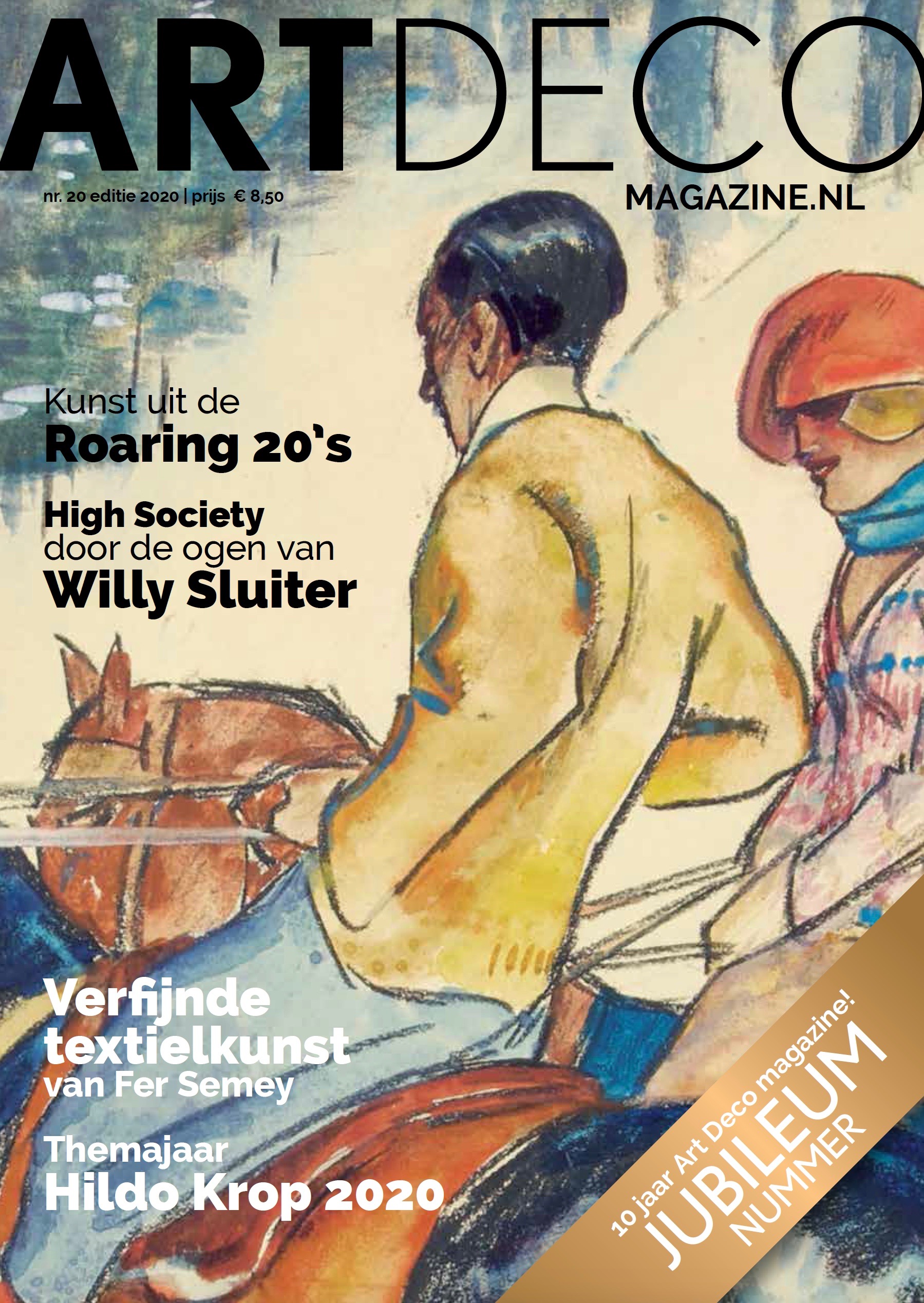Successful export product from 1900: The elegant eggshell porcelain of Rozenburg
In the exhibition ‘Made in Holland: 400 years a global brand’ Keramiekmuseum Princessehof presents the elegant Rozenburg eggshell porcelain as one of the Dutch success stories in the field of ceramics. This exclusive Dutch Art Nouveau porcelain with foreign influences was not only popular in its home country, but also became a beloved luxury object for the wealthy collector abroad.
World's Fair in Paris
After years of experimenting with the composition of the material, colours and models, the Haagse Plateelbakkerij Rozenburg started the production of the so-called eggshell porcelain in 1899. Led by the new director, the Rotterdam-born architect Jurriaan Kok, the factory prepared in secret for the World’s Fair in Paris in 1900. Here the porcelain, as thin and fragile as the shell of a chicken egg, stole the show. The eggshell porcelain was artistically a great success and made the name Rozenburg world-famous in one fell swoop.
Wealthy clientele
The eggshell porcelain was immediately purchased by major European museums such as the Musée des Art Décoratifs in Paris and the Victoria & Albert Museum in London, that appreciated the exceptional quality and innovative character. Well-to-do private individuals from all over the world also bought the expensive porcelain at the exhibition, or in the newly opened Rozenburg store in Paris or at one of the depots of the many Rozenburg agents who imported the eggshell porcelain to cities like Brussels, Berlin, Vienna, Milan, Pretoria, Batavia and New York. The interest in the fragile and precious eggshell porcelain was great. Even members of the Dutch Royal Family were among the clientele. A large vase costed 150 guilders at the time (for comparison: the monthly wage of the working man was then about 40 guilders). The valuable eggshell porcelain still has a unique place in private and museum collections around the world. In the Netherlands eggshell porcelain of high quality is on display at the Princessehof, the Rijksmuseum and the Gemeentemuseum.
The secret of the eggshell porcelain
The secret of the technically advanced eggshell porcelain was the composition of the material and the firing method. The clay consisted of 19% Cornwall stone, 31,6% kaolin and 49,4% bone meal. This made the eggshell porcelain a variation of English bone china which satisfied the specific demands of Jurriaan Kok. The models designed by Kok had very thin walls and were therefore cast in one piece in a plaster mold. But the most important secret of Jurriaan Kok was the switch between biscuit temperature and smooth firing temperature. By allowing the biscuit firing of the unpainted object to take place at a high temperature of 1300 degrees and the smooth firing of the painted porcelain at a lower temperature of approximately 1000 degrees, much more colours could be used than normally with porcelain. Moreover, after the biscuit firing warped and cracked pieces could be removed before the time-consuming and valuable painting was applied.
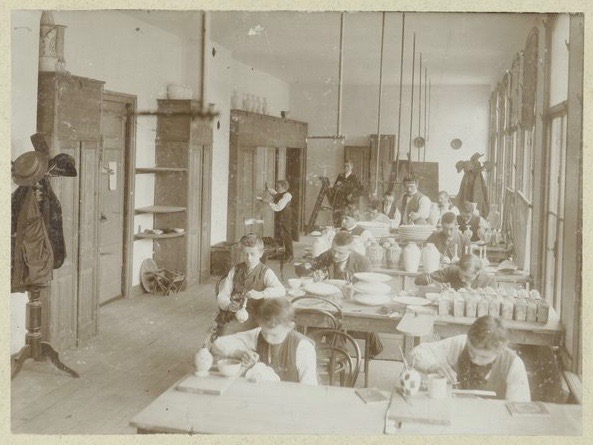
In the style of the Art Nouveau
Due to the high temperature of the biscuit firing, the eggshell porcelain obtained its transparency, hardness and a smooth, non-porous skin on which could be painted extremely finely. On a white (sometimes cream-white) background, flowers and animals, especially birds, were painted in bright colours in a stylized naturalistic style. For example, the eggshell porcelain vases in the sales collection of Kunstconsult were painted with beautiful purple lilies and highly stylized passionflowers. The asymmetrical decoration kept an airy character due to open white parts, elegant lines and irregularly shaped fields, filled in with dots or hatchings. There is no suggestion of space through perspective. This style of decoration placed the eggshell porcelain within the pictorial movement of the Dutch Art Nouveau and showed clear influences from the French Art Nouveau, which in turn was strongly influenced by Japanese art. In Japan there was an emphasis on a thorough study of nature, which in art was stylized into naturalistic decorations without perspective. With the eggshell porcelain, the Dutch Rozenburg thus turned to foreign influences for its own success.
Imaginative models
The eggshell porcelain was executed in more than 300 models, with additional variations such as different handles, spouts and lid knobs. Round and angular, caved in and popped out shapes were combined playfully. For example, vases had egg-, banister- and drop shaped forms which extended into square or even octagonal forms. Sharp, angular ribs and handles not only served an aesthetic purpose, but also added support to the delicate porcelain. These imaginative models were conceived by Jurriaan Kok, but the decorations were designed by master painters such as Samuel Schellink, J.W. van Rossum en Roelof Sterken. The painters’ signature referred to the designer of the decor, who drew this on the biscuit with pencil and which was then carried out by a team of painters. The two cups and saucers from the sales collection of Kunstconsult show the refined design style of Schellink. In 1892 Schellink started working as an apprentice painter at Rozenburg at the age of sixteen. He had great talent and became master painter after five years. He continued to work here until 1914, when the production of eggshell porcelain at Rozenburg came to an end.
Dutch export
With the exhibition Made in Holland: 400 years a global brand the Keramiekmuseum Princessehof in Leeuwarden shows the Netherlands as a world player in the field of ceramics. The Dutch Art Nouveau ceramics, particularly the exclusive eggshell porcelain, is presented as a precursor to the popular Dutch Design. Together with Delftware and earthenware from Maastricht, these four export products form the story of four centuries of successful Dutch ceramics. The exhibition is on show until June 30th, 2019. In the Rijksmuseum, a fine collection of Rozenburg ceramics is part of the department of 20th century art.
Text: Noortje Remmerswaal
Photos: Rijksmuseum, Erik Rijper
© Kunstconsult – 20th century art | objects
Reproduction and distribution of this text is only allowed with correct reference.

